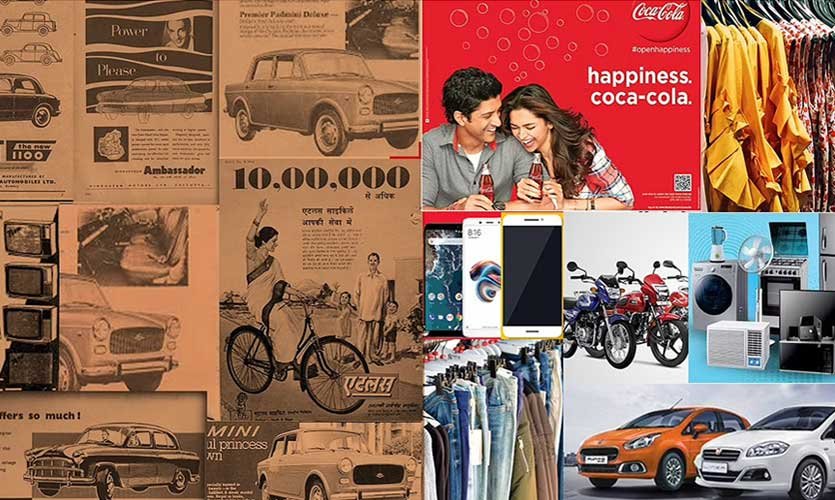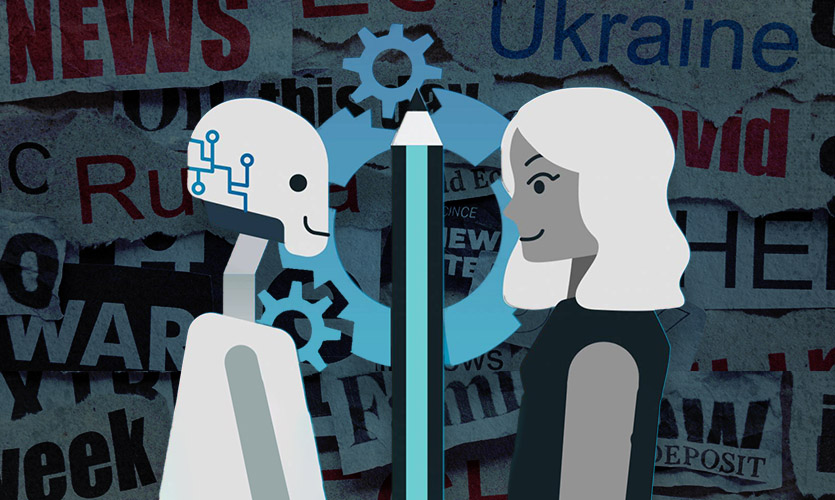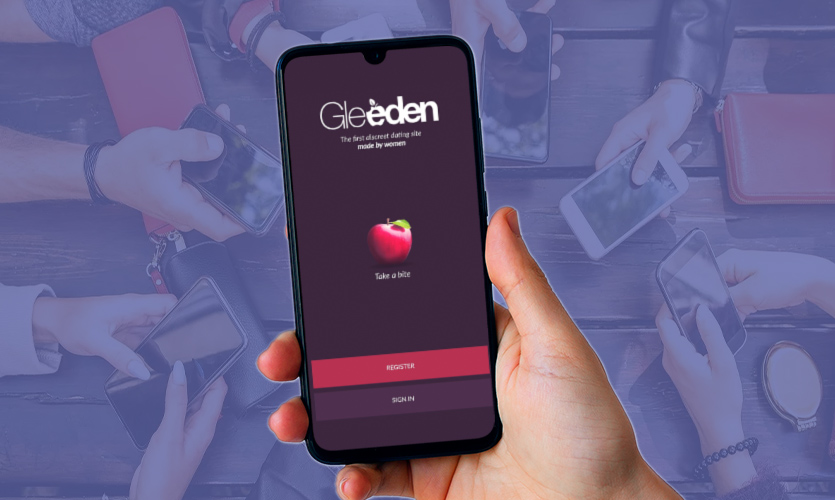India’s economic policy of Liberalisation, Privatisation, and Globalisation – also known as LPG – was introduced on July 24, 1991, by Dr Manmohan Singh, the finance minister at the time in PV Narsimha Rao government. The floodgates to foreign investments increased international and domestic competition, welcoming the participation of private players in the Indian market. The country was freed from the shackles of the infamous ‘Licence Raj’, and all kinds of dispensable restrictions which were hindering its growth.
Every sector of the Indian economy was impacted by these regulations. However, the media industry witnessed some radical changes in its functioning after the bombardment of privately owned channels. This was the first step towards doing away with the monopolisation of electronic media. Pre-liberalisation, private enterprises were not allowed to enter the media sector, and even if they did, strict regulations didn’t allow them to function freely. Radio networks and TV channels were all state-controlled. Akashvani (All India Radio) was the singular radio network, and Doordarshan was the only television broadcaster. One of the major drawbacks of government-controlled mediums was the ease with which political organisations in power could further their agenda.
With the dawn of the liberalisation era, sudden changes were noticed in broadcasting, advertisements, and content creation. As many private players jumped into the game, the monopolised structure of the television industry crumbled. The international recognition that the ads started receiving post-liberalisation was powerful. Nexus advertising agency, for instance, in the year 1996, featured a middle aged-man talking on a small Sony Ericsson phone, to a woman who misinterpreted the conversation. The commercial won a Film Lion at the Cannes Lions International Festival of Creativity and was internationally celebrated.
The newly-formed policies also had a profound effect on Indian artwork. It made the artists question their inheritance of nationalist sentiment, compelling them to become more ‘modern’ and ‘global’.
There’s a disagreement among media researchers about whether the impact of LPG on the Indian media industry was good or not. Earlier, it was completely controlled by the state. Now it’s in the hands of private enterprises. The one who controls the ownership controls the media, which is an institution that serves the interests of the owner. Does that mean that the media industry is now serving the capitalist agenda?
Liberalisation, Branding, And Consumer Needs
During the pre-independence era, almost all the major advertising agencies were owned by the Britishers. It took a while for Indian advertisers to explore their originality and come out of the ‘English Marketing Syndrome’. Even after independence, the agencies acted as British subsidiaries as the printing presses and several other crucial types of machinery were imported from the UK.
The literacy rate of newly-independent India was so low, so much so that many relied on the postmaster to read out and decipher letters to them. But gradually, India embraced the world of information, preparing itself for an upcoming revolution.
The radio was commercialised in 1967 and became a big hit, giving a new avenue to the advertising industry. People across the country started becoming aware of the major brands out there. In the 1980s, television started picking up steam. Although it was considered a luxury good, middle-class Indians began investing in it as well. Advertising agencies, responding to the development, catered their business strategies to the TV industry. Every Indian brought up during the time knew about Bajaj scooter and Parle G biscuit.
“Prior to liberalisation, people in India had access to limited products and services that were basically regarded as auxiliaries to trade. In such a scenario, advertising was basic and simple where the main focus was to influence people to buy the product and generate revenue. Post LPG, the competition has risen immensely and the race of being the best in the industry has led to more innovative ads and promotion techniques,” Jasleen Rana, professor of marketing at Jagannath International Management School, New Delhi, told The Sparrow.
Pre-liberalisation advertisements were impersonal, less attractive with lots of content, and were more product-centric than customer-centric. The best example of consumer centricity is Pepsi. It has always had its finger on the pulse of pop culture. Whether it be a young Shahid Kapoor or Shahrukh Khan asking for a sip in the ‘Dil Maange More’ ad campaign, or the ‘Live it Abhi’ campaign featuring Ranbir Kapoor, Anushka Sharma, and Virat Kohli. Pepsi has always stayed on the top of its game by capitalising on the ‘here’s your hero’ aspect of Indian society.
“In today’s day and age, consumers expect their favourite brands to engage with them through meaningful experiences across different digital touchpoints. They no longer just want to buy things today but instead want to be associated with a brand’s identity – they want inspiration, emotion, drama, and an overall feel-good experience,” said a PepsiCo India Spokesperson.
Creating engaging and relatable content to persuade consumers has always been a challenge for Indian brands. More importantly, brands have become increasingly sensitive with their campaigns given increased awareness amongst the youth. Ad agencies like Ogilvy specifically focus on understanding the customer psyche, and eventually launch ads that relate to their needs, thoughts, and mindsets. Keeping in mind the current demographics of India, ads are made more relatable to the youth.
Read more: Revisiting The Age Old Debate Between Art And Politics
“HUL surely made people pay attention to the fact that a girl needs to be fair (Fair & Lovely campaign) to be successful and beautiful which was evident in their earlier ads where brand ambassador Yami Gautam promoted this with a subtle tone of racism. Eventually, it was criticised and negatively publicised for the fact that it led out a message of racism amongst its target audience and also framing the society to look at beauty with measures of complexion and fairness,” stated Rana. “Glow and lovely has evolved to promote its brand as a good beauty cream focussing on women empowerment, gender equality, and also the growth of women’s employment and entrepreneurship,” she added.
It’s been more than 30 years since the historic economic reforms were implemented. Indian media has witnessed major changes throughout these years. While advertising is now heading towards personalisation, creating targeted personalised ads with the vast amount of data available is the new challenge for marketers.










